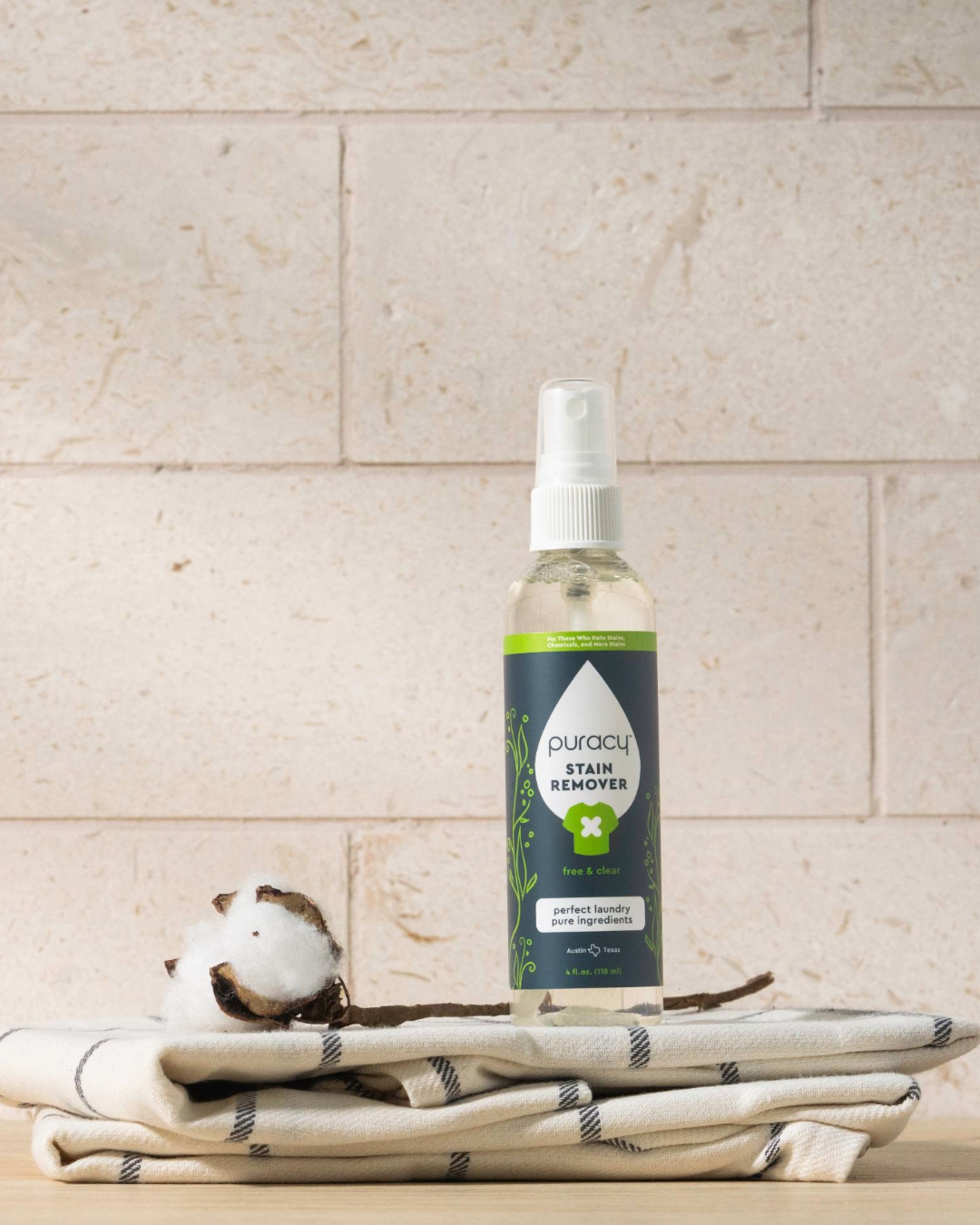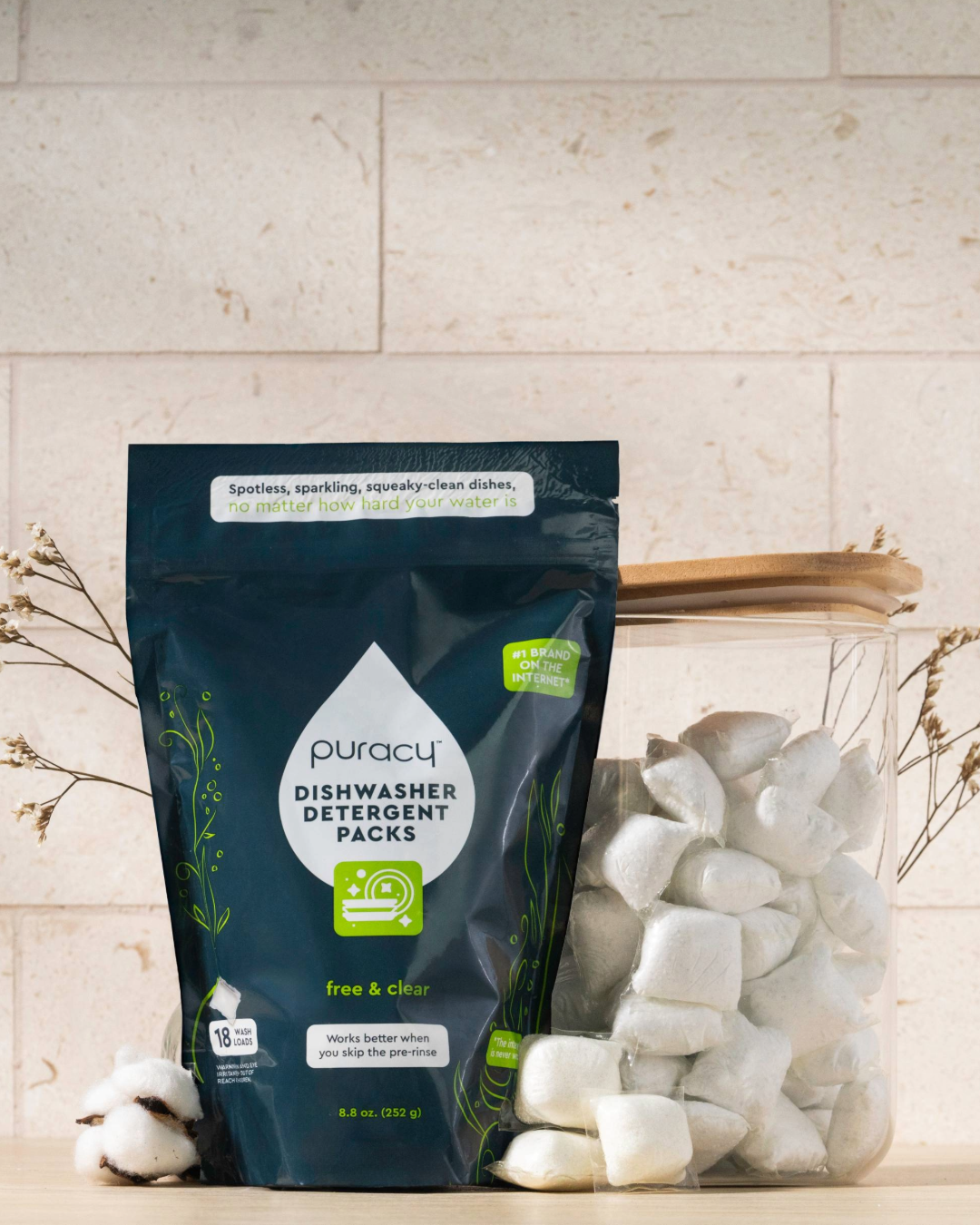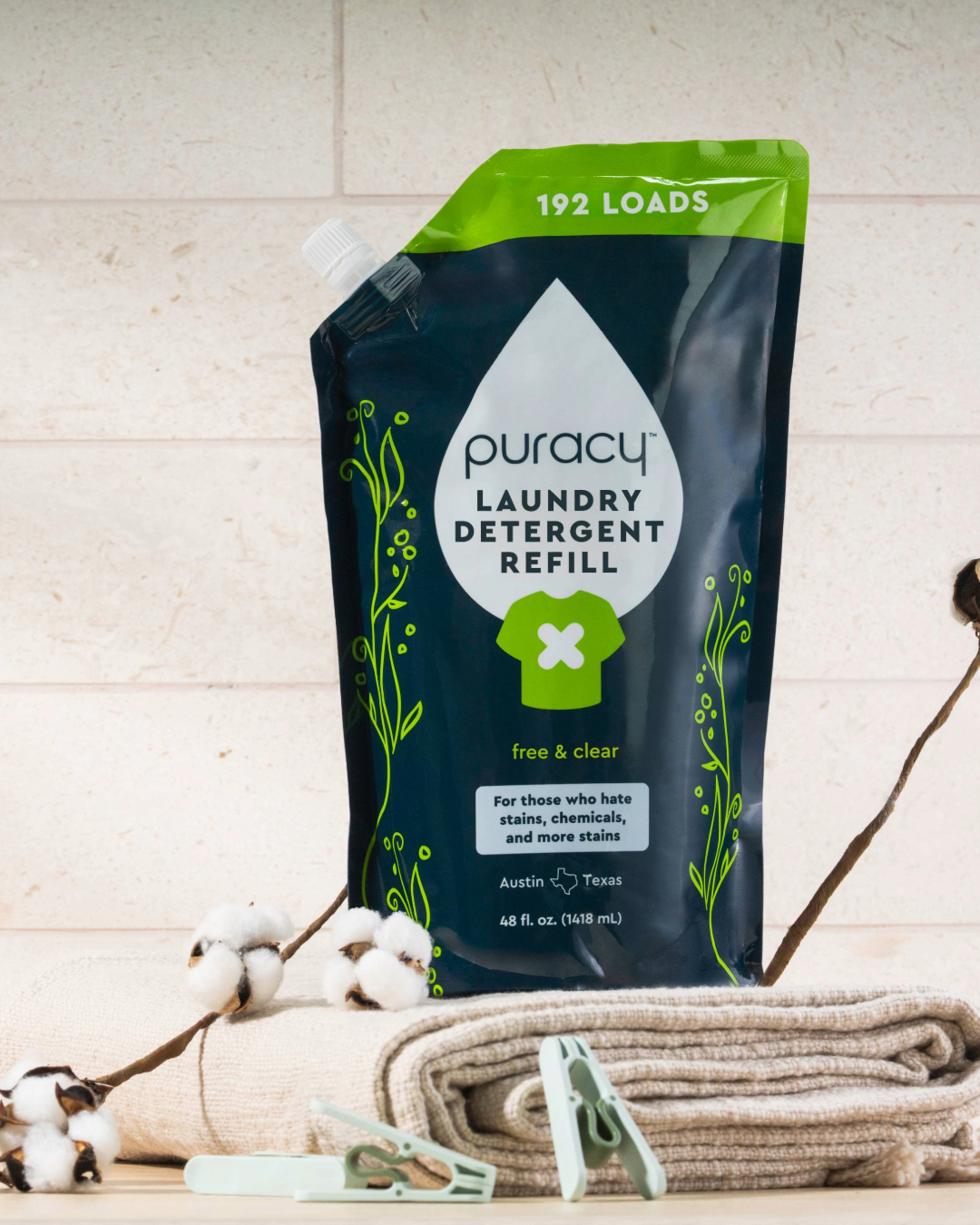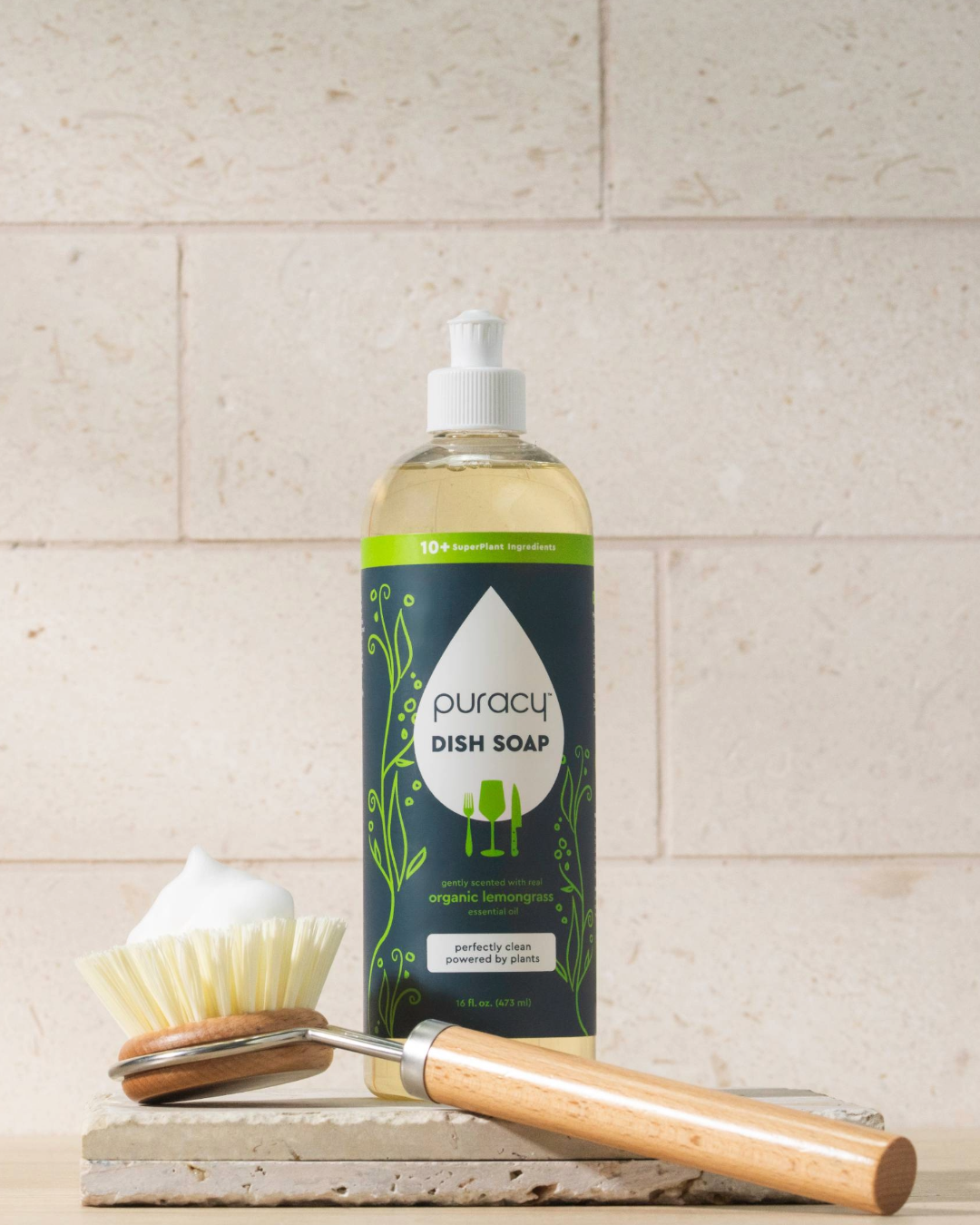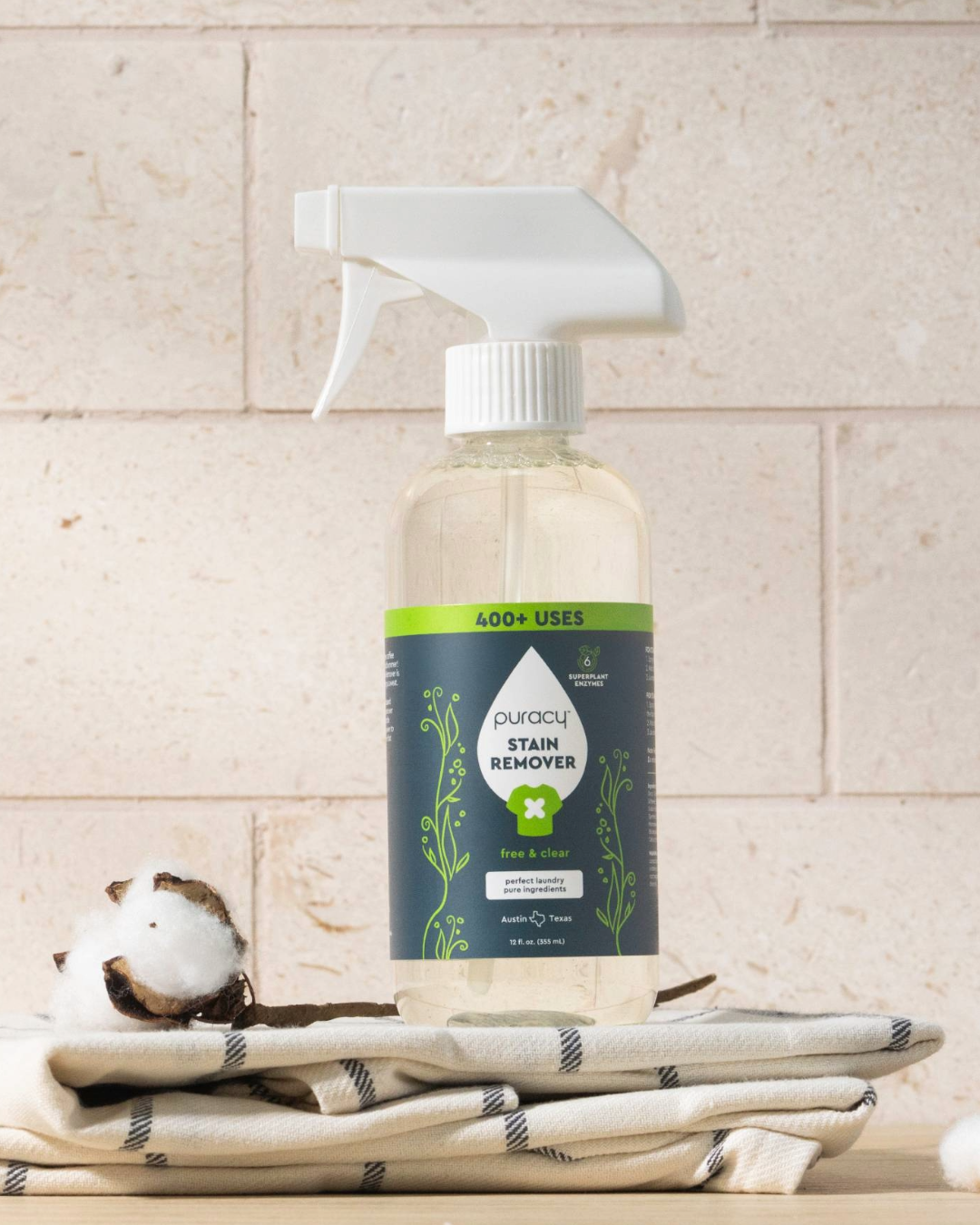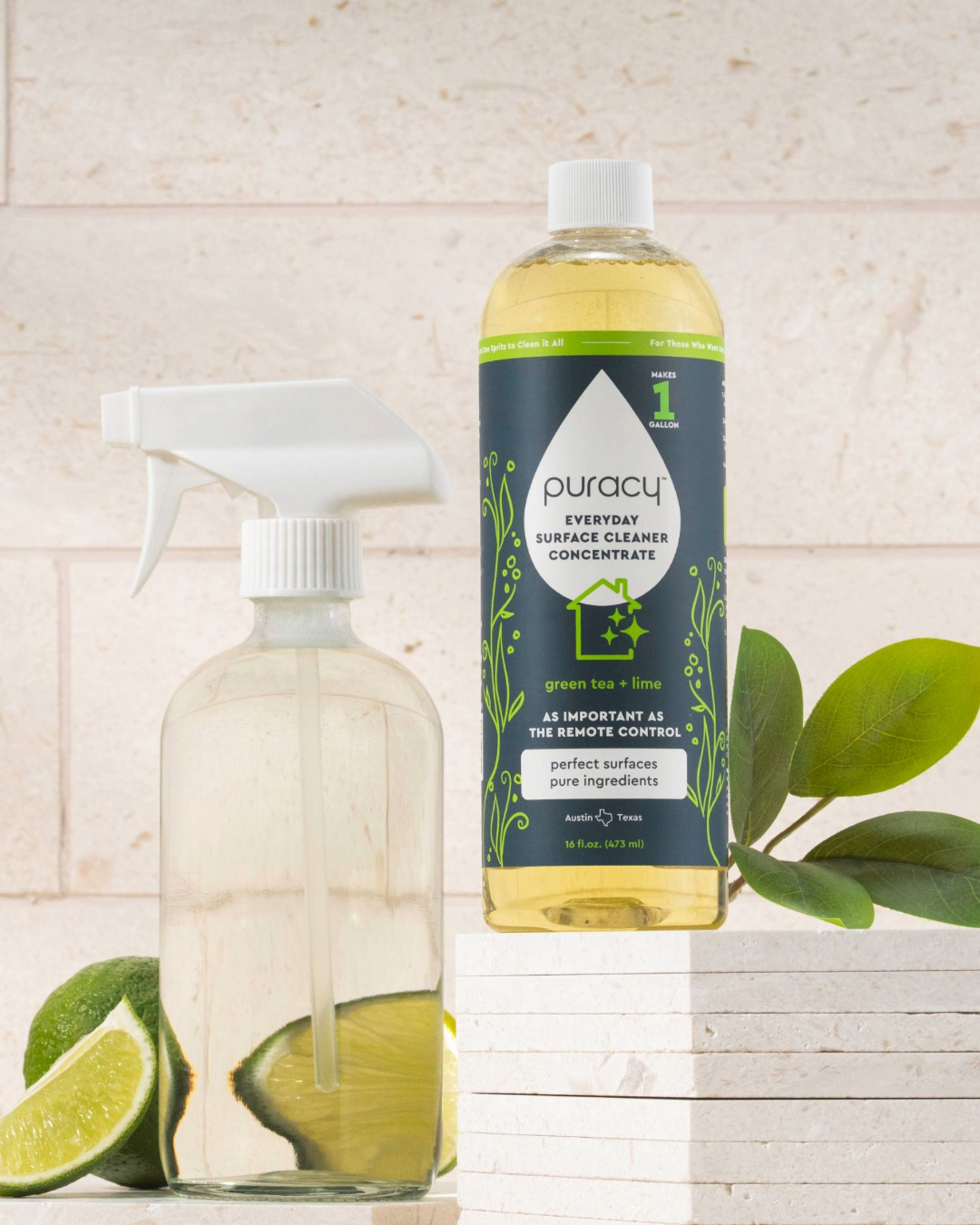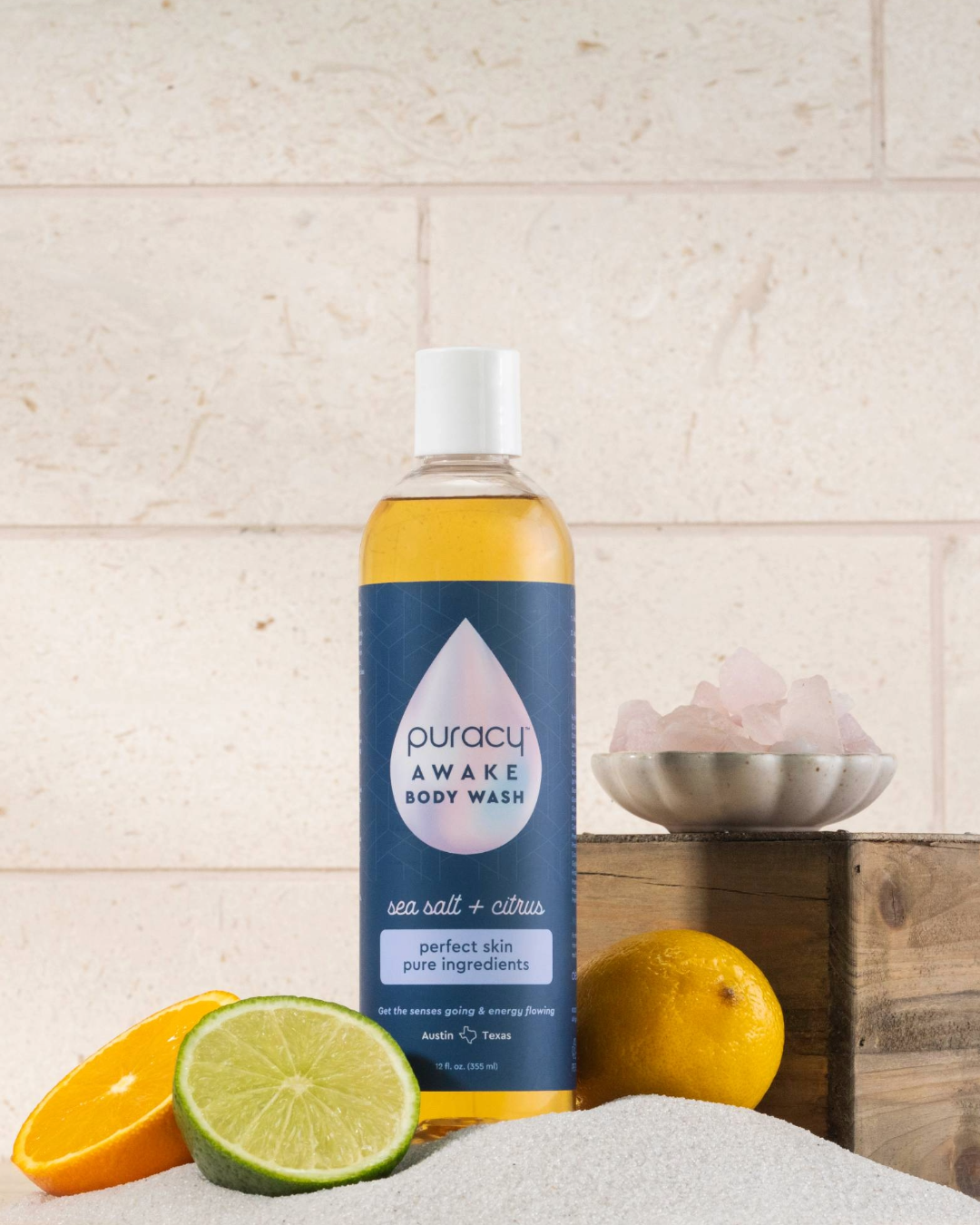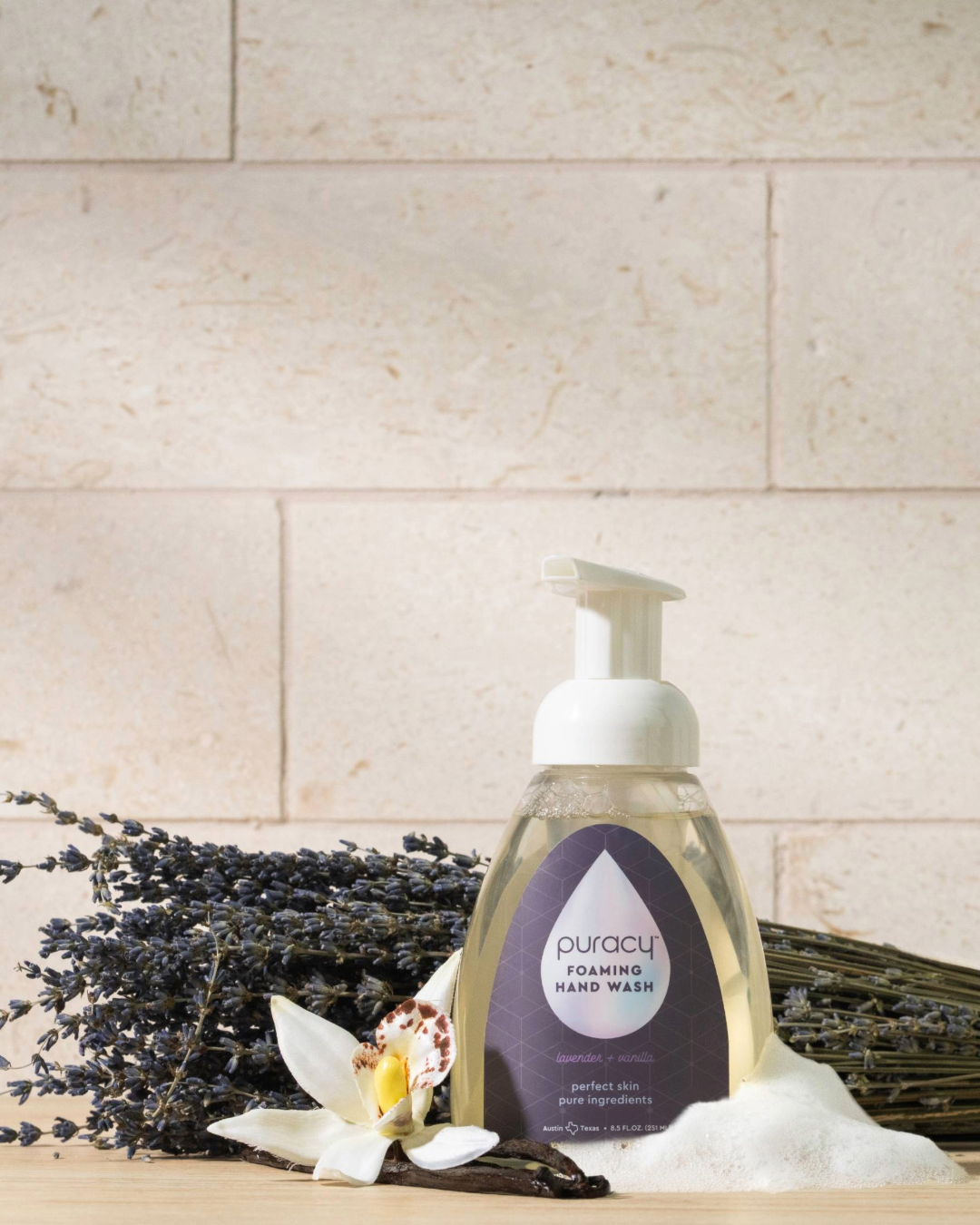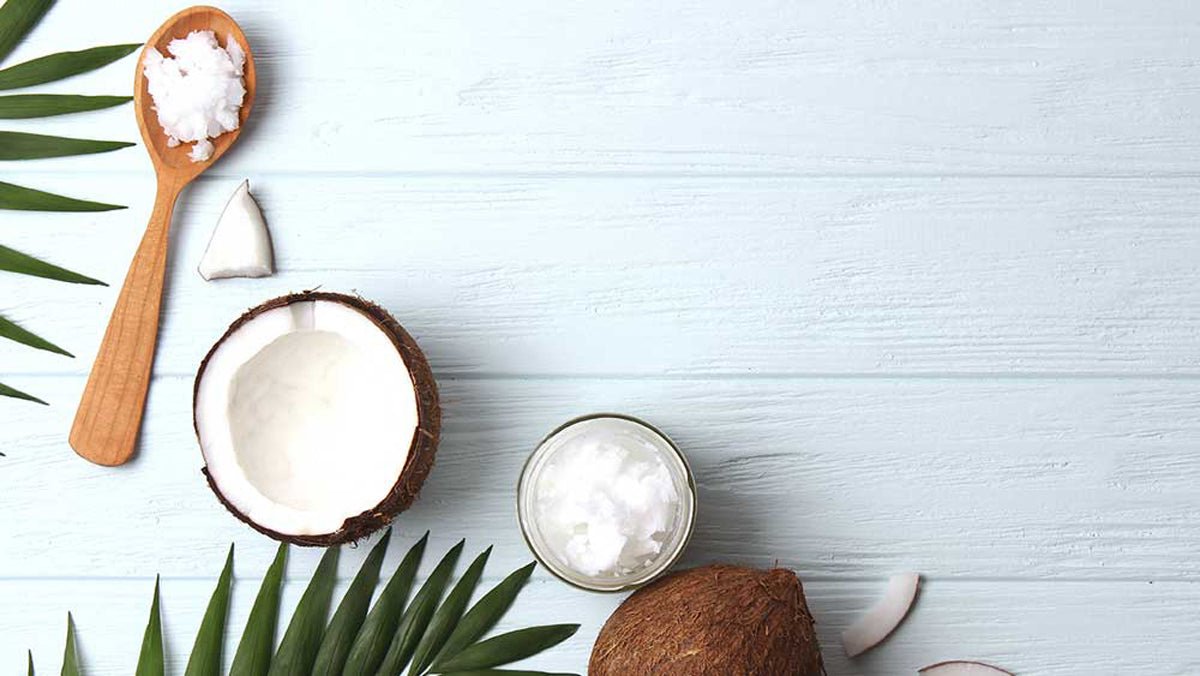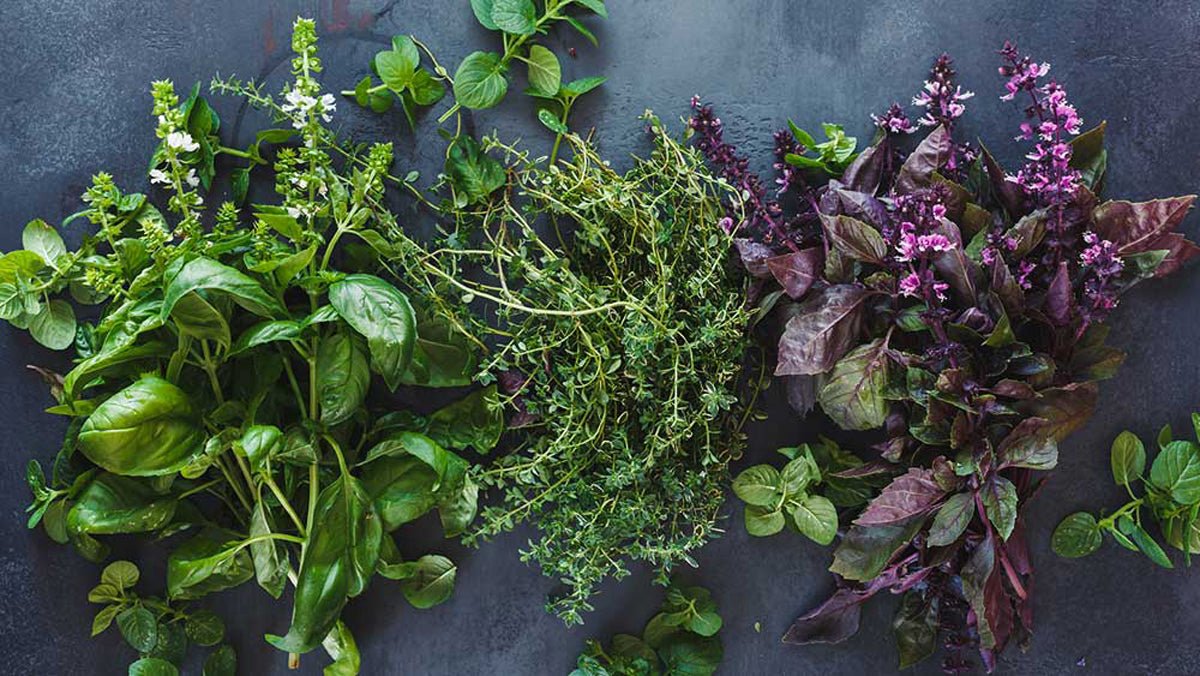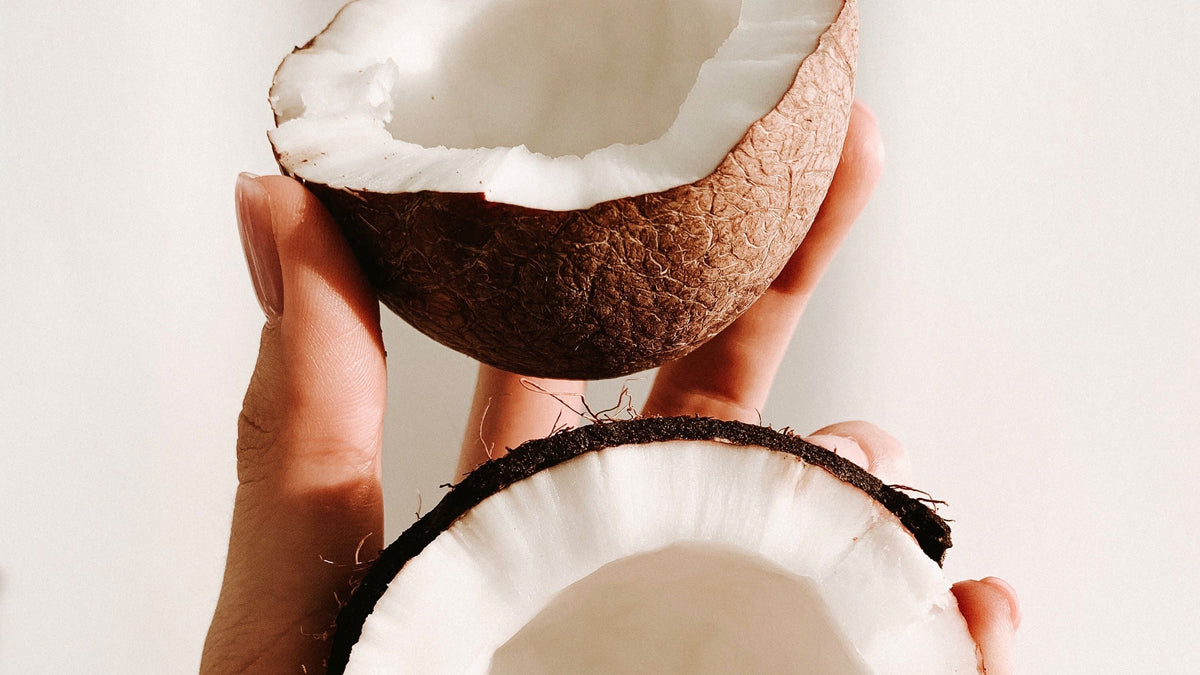
Lauramine Oxide
- Derived from: coconut
- Pronunciation: (LORA-meen \ˈäk-ˌsīd\)
- Type: Naturally-derived
What Is Lauramine Oxide?
Lauramine oxide is a clear, pale-yellow, amine oxide liquid derived from coconut.[1,2,3] Coconuts grow on the cocos nucifera, or coconut palm tree. Coconut palms grow around the world in lowland tropical and subtropical areas where annual precipitation is low.[4,5] Widely cultivated, healthy coconut palms produce 50 nuts per year, and the tree can be used to produce everything from food to building materials to natural ingredients.[6,7]
How Lauramine Oxide Is Made
Commercial production of lauramine oxide occurs largely by mixing the amine with 35% hydrogen peroxide at 60ºC. The mixture is heated to 75ºC and sodium sulfite or manganese dioxide are added. The mixture is then filtered to get rid of extra peroxide.[11,12]
What Does Lauramine Oxide Do?
Lauramine oxide is a surfactant, meaning it breaks surface tension in liquids, allowing things to become clean. It is also a foam builder, stabilizer, viscosity enhancer, emollient, and conditioner.[8] It can be found in personal care products such as shampoo, facial cleansers, body wash, sunscreen, and a variety of other products.[9,10]
Is Lauramine Oxide Safe?
The Cosmetics Ingredient Review has deemed the ingredient safe for use in cosmetic products and in leave-on products (in which the concentration is limited to 3.7%).[13] Research shows the ingredient is typically not a skin or eye irritant.[14,15,16,17,18,19]
Certifications

Sources
[1] Cosmeticsinfo.org
[2] U.S. National Library of Medicine
[3] Personal Care Council
[4] University of Florida IFAS Extension
[5] Cosmeticsinfo.org
[6] University of Hawaii at Manoa College of Tropical Agriculture & Human Resources
[7] U.S. National Plant Germplasm System
[8] Cosmeticsinfo.org
[9] Environmental Working Group
[10] Personal Care Council
[11] U.S. National Library of Medicine
[12] Personal Care Council
[13] Personal Care Council
[14] Ricerca, Inc. (1988) “Submission of unpublished data from CTFA. Comparative dermal irritation screen in albino rabbits with Stepan agent X-1324-29A, Stepan agent X-1324-29B, Stepan agent X-1324-29C and Hibiclens.”
[15] Oak Ridge Research Institute. (1989b) “Submission of unpublished data by CTFA. Acute oral toxicity (LD50) [of 0.3% Lauramine Oxide] in rats.” Test no. 089-0116
[16] Hazelton Laboratories America, Inc. (1986) “Submission of unpublished data by CTFA. Rabbit eye irritation (Low volume procedure) of GO955.01 [foam formulation containing 0.3% Lauramine Oxide] and GO932.01 [liquid formulation containing 0.3% Lauramine Oxide]. Sample no. 60803843
[17] Muston et al., (1977) “Dermatitis from Ammonyx LO, a constitute of a surgical scrub.” Contact Dermatitis. 3:347-8
[18] In Vitro Alternatives, Inc. (1992a) “Submission of unpublished data by CTFA. Human cumulative irritation. Three patch application test
[19] Harris Laboratories, Inc. (1987) “Submission of unpublished data by CTFA. Human sensitization test [of a formulation containing 0.3% Lauramine Oxide]. Project no. 10821

